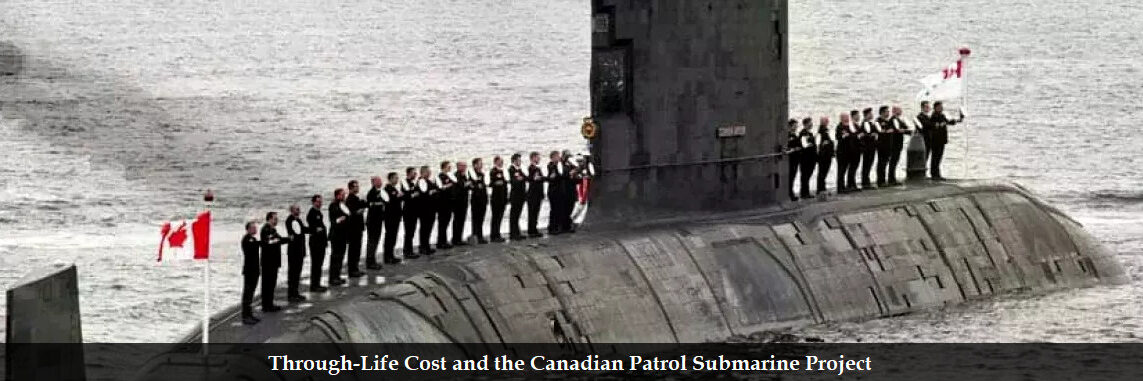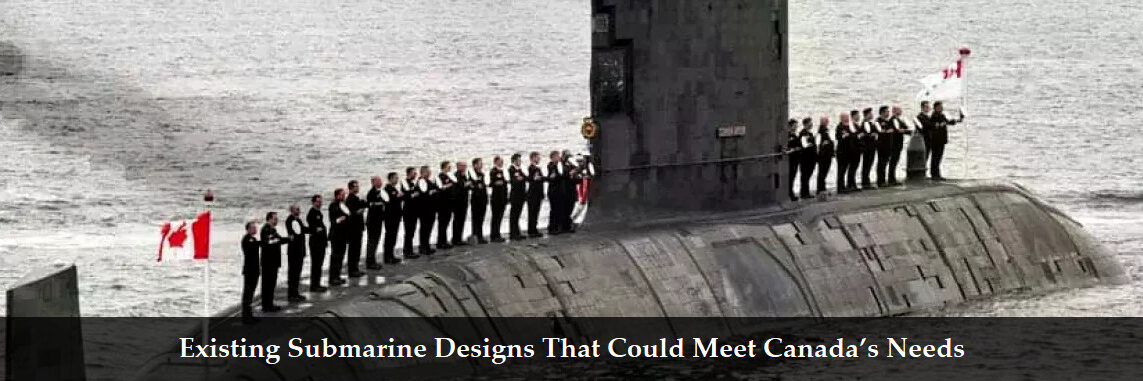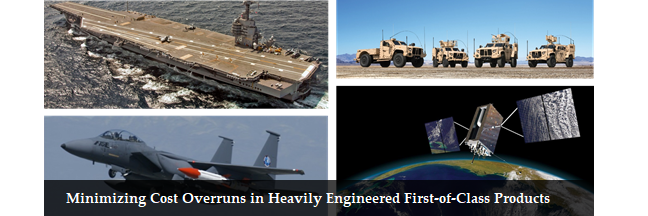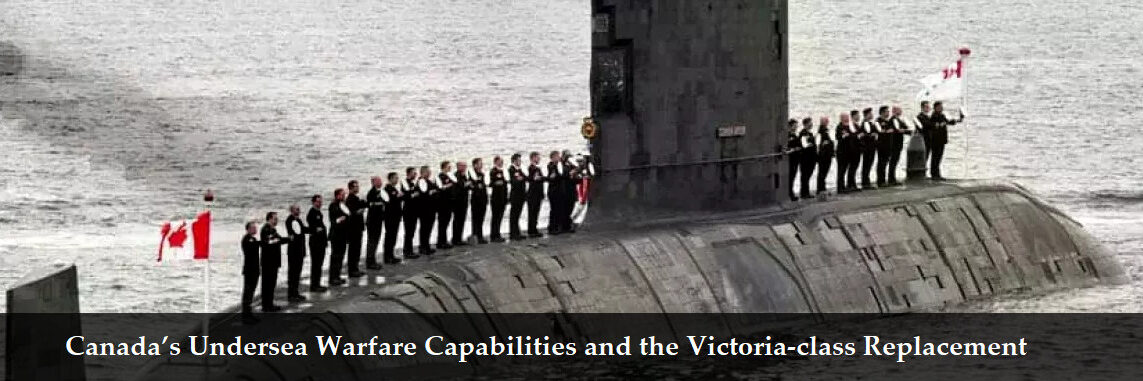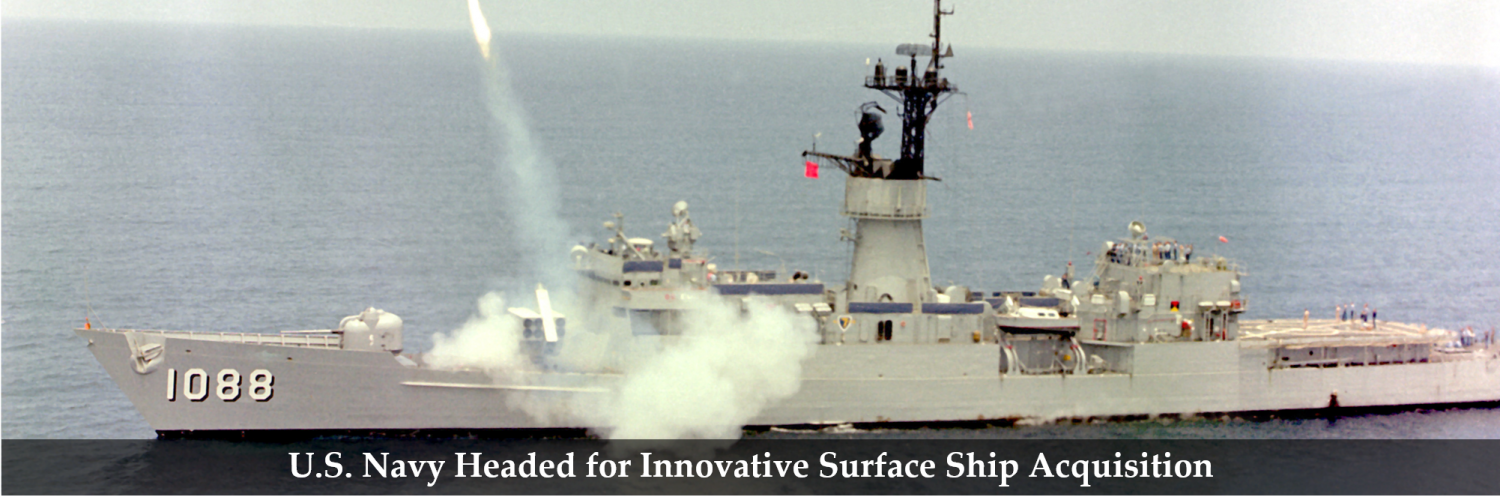MW JONES & COMPANY showcases our insights, articles, white papers and thought pieces here. Check back periodically for new material.
To Strengthen the U.S. Shipbuilding Industry, Invest in Five Capabilities
By Michael W. Jones and Andrew Miller
April 9, 2025
The past few months have seen increased discussion on strengthening the U.S. shipbuilding industry, from December’s introduction of the Shipbuilding and Harbor Infrastructure for Prosperity and Security (SHIPS) for America Act to the President’s “Restoring America’s Maritime Dominance” Executive Order, issued on April 9. These efforts seek to increase both the gross tonnage built in the U.S. and the share of gross tonnage from commercial vessels. To achieve this increased volume while managing the shift in product mix, shipyards and policymakers should focus on five capabilities.
Through-Life Cost and the Canadian Patrol Submarine Project
By Michael W. Jones, Jim Hughes, John Holmander, and Andrew Miller
October 17, 2022
Cost has historically shaped Canadian submarine acquisitions. As Canada considers how to best replace the Victoria class, comparing through-life cost for Canada’s current “maintain in country” approach and for a “build and maintain in country” approach could help Canada select the most-beneficial path for the Canadian Patrol Submarine Project. After accounting for economic benefits, a fully domestic or hybrid build approach could possibly deliver economic impact that would make it equivalent to the cost of a foreign design-build.
Existing Submarine Designs That Could Meet Canada’s Needs
By Michael W. Jones, Jim Hughes, John Holmander, and Andrew Miller
June 3, 2022
As the Canadian Patrol Submarine Project considers how to best replace the Victoria-class and deliver the military capabilities that Canada could need in this period of great-power conflict, it might find it useful to understand how well existing platforms deliver those capabilities. Canada’s path to replacing the Victoria class could be easier – both in cost and schedule – if existing designs are able to deliver Canada’s preferred capabilities. Conversely, setting requirements before understanding which existing designs are feasible could put Canada on the same path that Australia recently abandoned: a prohibitively expensive, bespoke, diesel submarine.
Are Submarines Required to Meet Canada’s Undersea Warfare Needs?
By Michael W. Jones, Jim Hughes, John Holmander, and Andrew Miller
May 16, 2022
As the Canadian Patrol Submarine Project considers the undersea warfare capabilities that Canada needs in the future, it is likely considering whether those capabilities require a submarine – could these capabilities be achieved in some other manner, either based on current or future technologies? Comparing how well underwater sensors, allied submarines, surface ships and aircraft, and different types of submarines could meet Canada’s possible needs for undersea warfare capabilities demonstrates the importance of replacing submarines with submarines.
Canada’s Undersea Warfare Capabilities and the Victoria-class Replacement
By Michael W. Jones, John Holmander, Jim Hughes, and Andrew Miller
March 29, 2022
With the decommissioning of the Victoria-class submarines scheduled to start in 2031 and conclude by 2042, Canada has launched the Canadian Patrol Submarine Project to identify and acquire its next undersea warfare platform. A successful acquisition will start with the end in mind: namely, what undersea warfare capabilities does Canada require through the end of the century? This article, one in a series, provides a perspective on Canada’s future undersea warfare capability needs.
6 Questions to Consider When Planning for Canada’s Next Submarine
By Michael W. Jones, John Holmander, Jim Hughes, and Andrew Miller
March 21, 2022
With the decommissioning of the Victoria-class submarines scheduled to start in 2031 and conclude by 2042, Canada should consider how to best replace this versatile capability. As the Canadian Patrol Submarine Project team works through the “Identification” and “Options Analysis” phases of the military equipment acquisition process, they should consider 6 questions to guide their recommendations.
Minimizing Cost Overruns in Heavily Engineered First-of-Class Products
By Michael W. Jones, John Holmander, Jim Hughes, and Andrew Miller
October 22, 2021
Late design products are a significant driver of cost overruns in heavily engineered first-of-class products. These cost overruns typically are visible most prominently in the later stages of the program, after “easy” workarounds and management reserves have often been exhausted. When the cost increase becomes clear, it is too late to mitigate it: cost-minimizing practices must be present from the start. MW JONES & COMPANY has identified five simple steps that can help avoid these problems and keep a program on-track from the outset.
U.S. Navy Headed for Innovative Surface Ship Acquisition
By Michael W. Jones and Mark B. Alter
February 9, 2018
The U.S. Navy is accelerating the design and construction of a new frigate, the FFG(X). With an expected award in FY2020 there is not enough time for an entirely new design. To meet this aggressive acquisition timeline, the Navy is considering both domestic and international designs for its new surface combatant.

